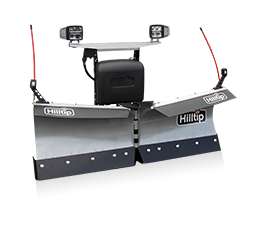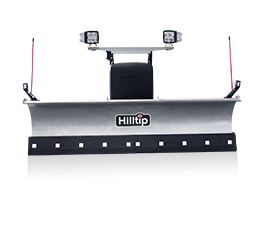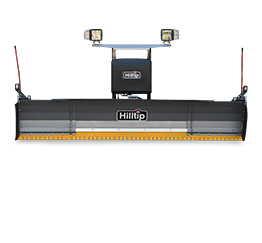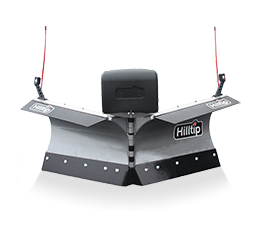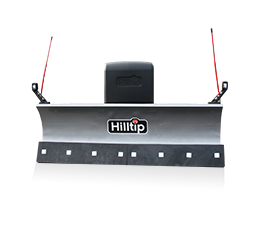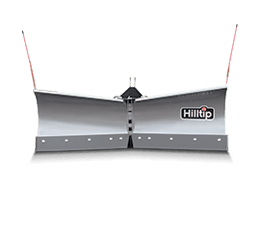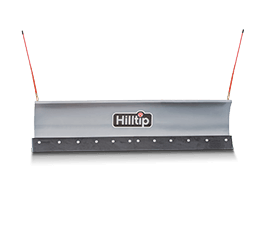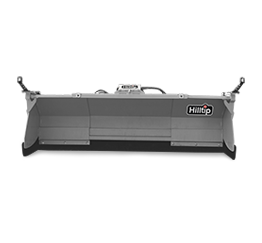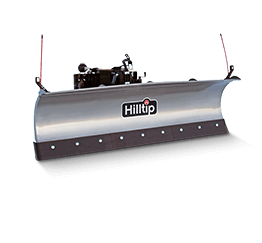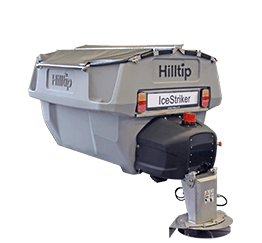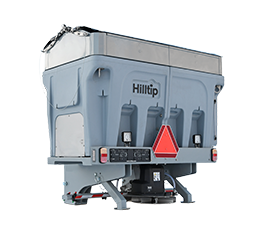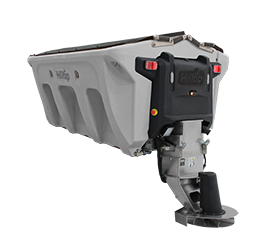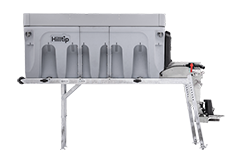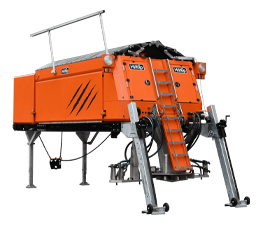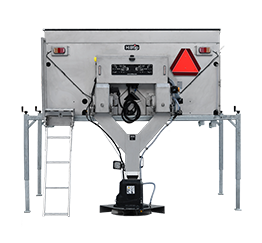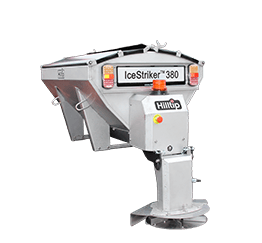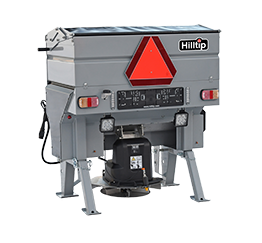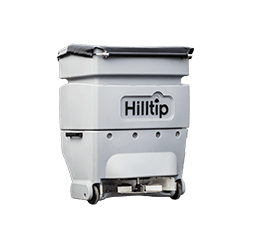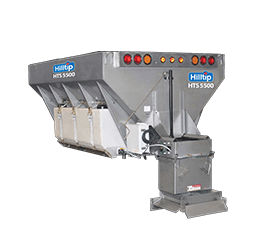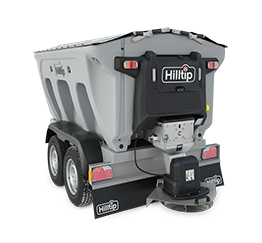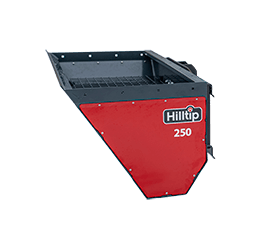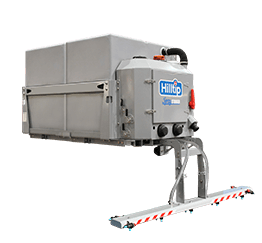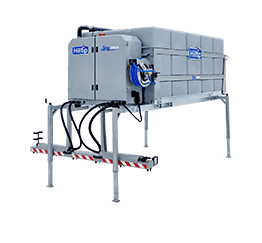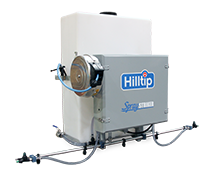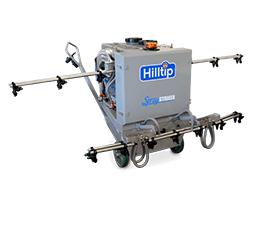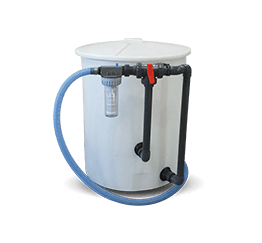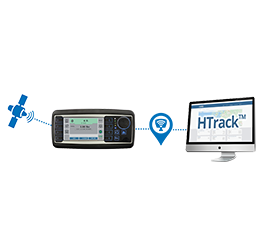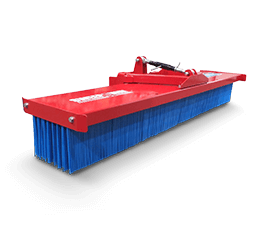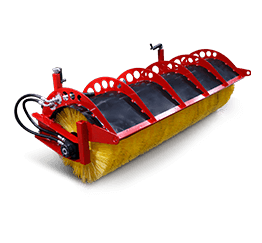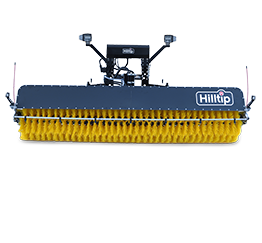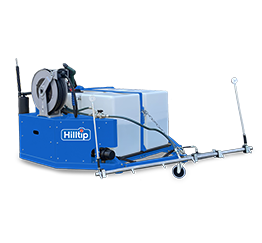Over the past couple of years, snow removal contractors have been turning to liquids to improve ice and snow remediation efforts. Unfortunately, the only thing stopping many of them from using liquids is that they simply don’t have the know-how nor the benefits of pre-wetted salt.
Pre-wetted salt is simply a salt that has been coated with a liquid chemical prior to being spread on a snow or ice-covered road, walkway or parking area. While there are hundreds of compounds that can be used to pre-wet salt, there are three liquids that are typically used: sodium chloride, liquid calcium and magnesium chloride.
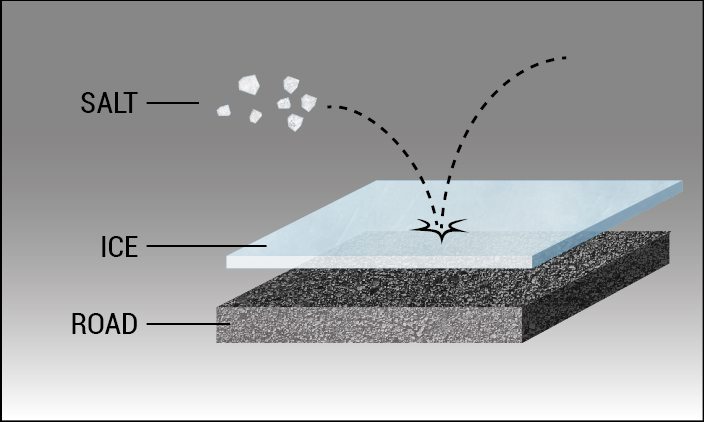
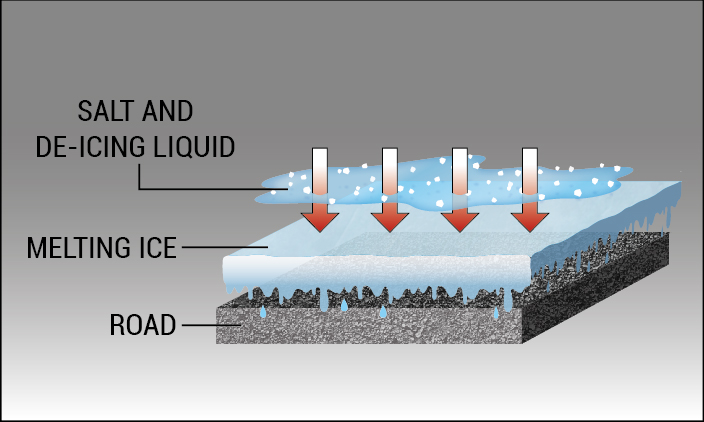
A pre-wetted solution is more effective for several reasons.
First, the pre-wetted salt clings to the pavement instead of bouncing off the surface or being cleared off by flowing traffic like rock salt.
That means less salt is displaced, not only saving money, but also having less of an impact on the environment. The liquid solution will also embed more easily into a frozen surface, which reduces scatter and works more effectively.
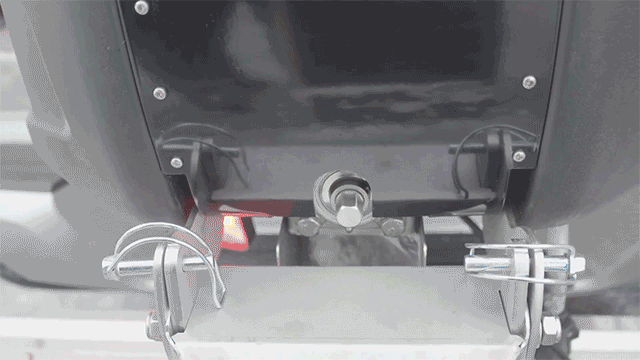
Salt used as a solid requires moisture to dissolve the salt in order to be effective as a de-icing agent. Moisture dissolves the salt, releasing heat to melt ice or snow. When temperatures dip below freezing there is no moisture on the road, rendering salt as a solid virtually ineffective.
Using a pre-wetted salt enhances performance at any temperature because it ensures there is plenty of moisture to melt snow or ice, therefore pre-wetted salt works faster at a lower temperature with less waste. While you may be spending a little more on using an additional chemical for snow and ice removal, the investment will easily pay for itself and then some over time.
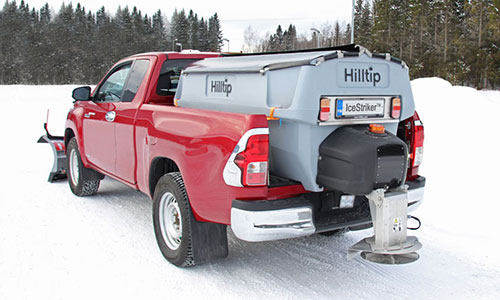
However, using a pre-wetted salt does require special equipment, but that HillTip Icestriker salt spreader is designed to deliver the solution more precisely to maximize the investment.
If you want to make a calculation of your annual salt savings by adding Pre-wetting function to your spreader, click here!
